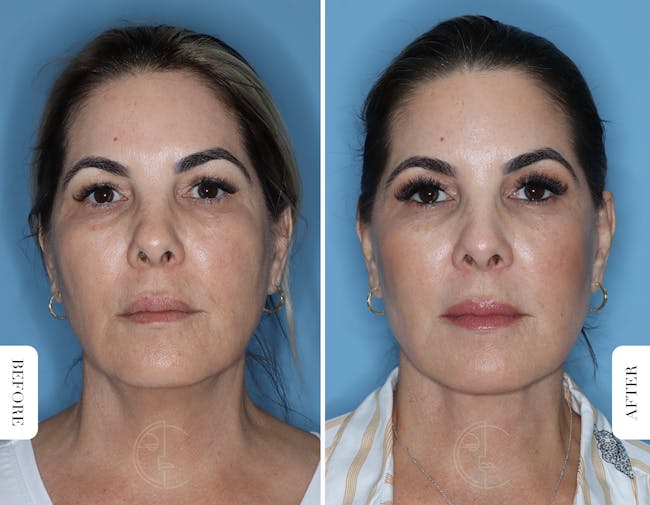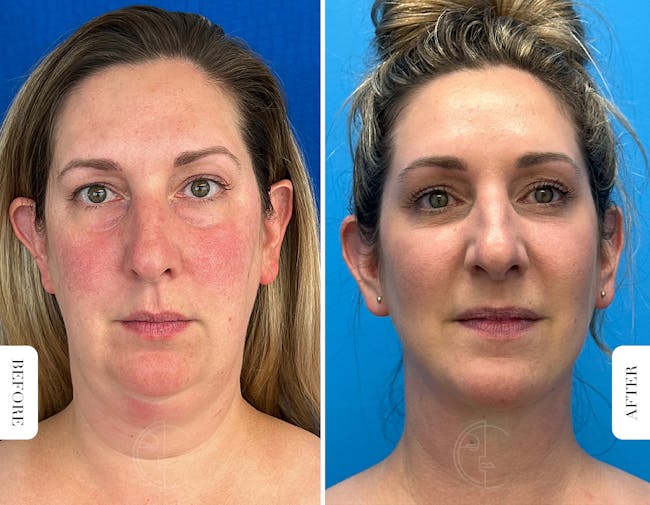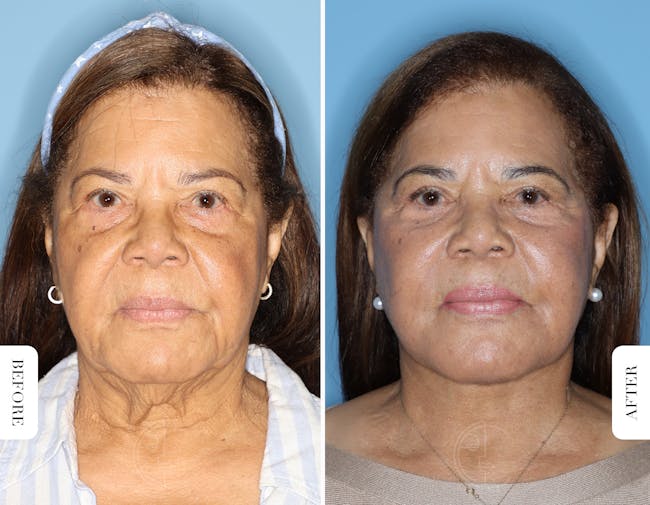The deep plane facelift offers you a more extensive approach to facelift surgery, creating more significant enhancements and longer-lasting results.
Who is a Good Candidate for a Deep Plane Facelift in Miami?
A good candidate for a deep plane facelift is typically someone in their 40s to 60s with significant sagging and loss of volume in the face, particularly in the mid-face and neck region. These individuals are in good general health, have realistic expectations about the outcome, and understand the process of surgical recovery. Individuals who are non-smokers or ready to quit smoking for a significant time before and after the procedure are also better candidates because smoking can interfere with the healing process.
The deep plane facelift may not be suitable for everyone, however. Those with certain medical conditions that could impede healing or increase the risk of surgery may not be good candidates. This includes individuals with uncontrolled diabetes, heart disease, or hypertension. Additionally, individuals who are smokers and unwilling to quit or those seeking changes that a facelift cannot provide may not be ideal candidates. Ultimately, the decision should be made in consultation with a trained, experienced plastic surgeon like Dr. Chopra, who can assess your individual situation and provide personalized advice.














